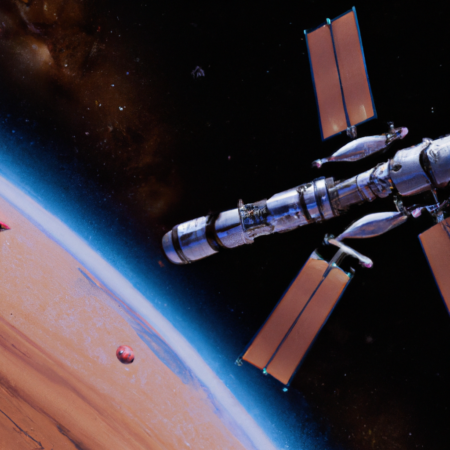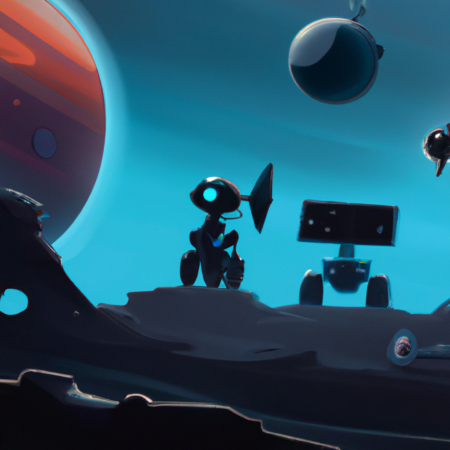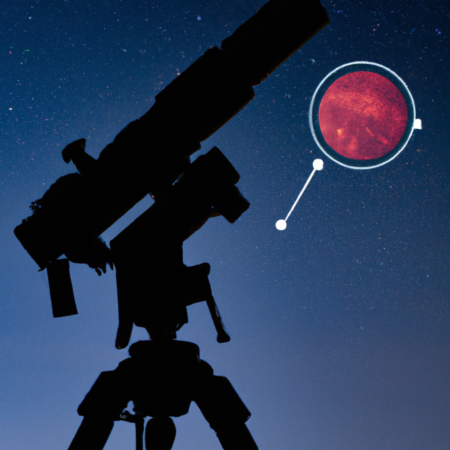Exploring the Cosmos: Breakthroughs in Interstellar Travel by 2025
In the second quarter of 2025, the field of space exploration has witnessed monumental progress in the technology and methodology of interstellar travel. This blog post delves into the recent advancements that are shaping our journey into the cosmos, exploring the technologies that are making the once-distant stars within our reach.
Revolutionary Propulsion Systems
The introduction of new propulsion technologies has dramatically reduced travel time between stars. Innovations such as the ion propulsion system, which utilizes electrically charged particles to propel spacecraft, are now in advanced stages of development. These systems promise to make trips to nearby star systems more feasible within the next few decades.
Material Innovations for Spacecraft
Recent advancements in material science have led to the development of ultra-lightweight, durable materials for spacecraft. These materials not only reduce the overall mass and increase the efficiency of spacecraft but also enhance safety by providing greater resistance to the harsh conditions of space travel.
Artificial Intelligence in Space Exploration
AI has become a cornerstone of modern space missions. From navigating through interstellar space to handling complex operations on distant celestial bodies, AI systems are at the forefront of the new wave of space exploration. Their ability to learn and adapt in unpredictable environments makes them invaluable to the success of long-duration space missions.
Collaborative International Efforts
The global space community has seen increased collaboration among countries, which has accelerated the pace of innovation and shared expertise. This international partnership is crucial as we tackle the immense challenges of interstellar travel.
Looking Ahead
As we continue to break barriers and expand our horizons, the future of space exploration looks brighter than ever. The ongoing developments not only promise to unlock the mysteries of our universe but also hold the potential to drive technological advancements on Earth, influencing other critical sectors.






